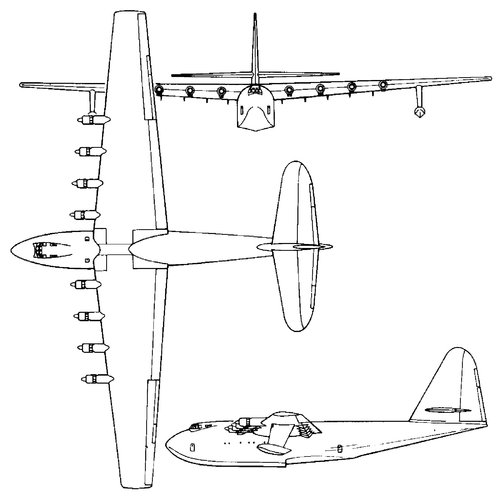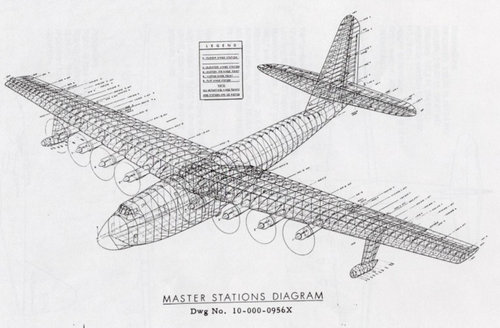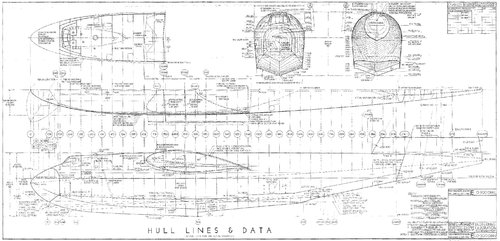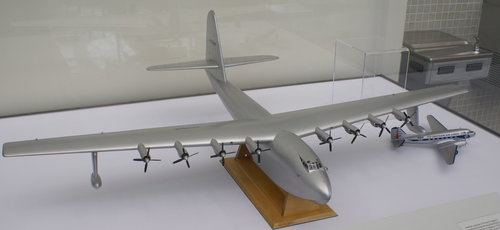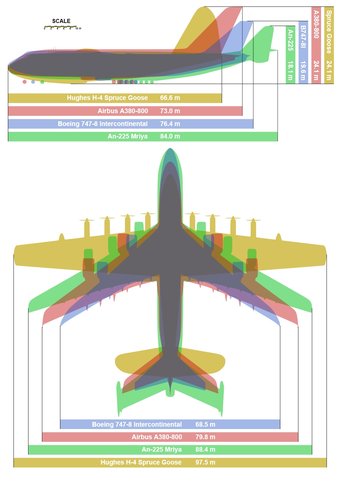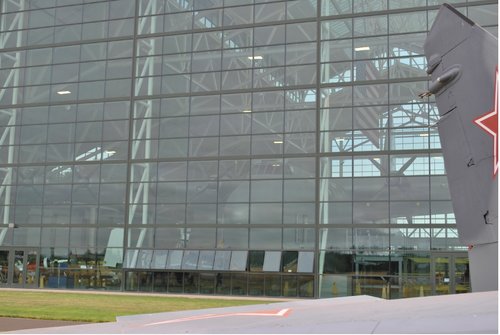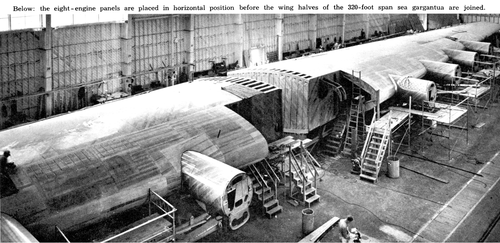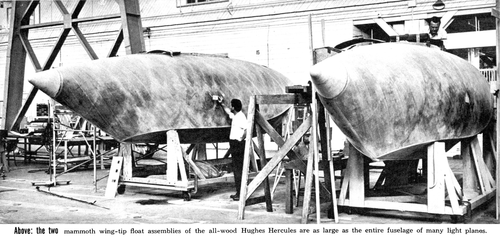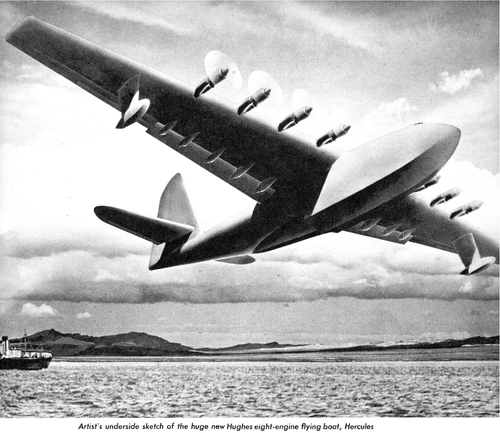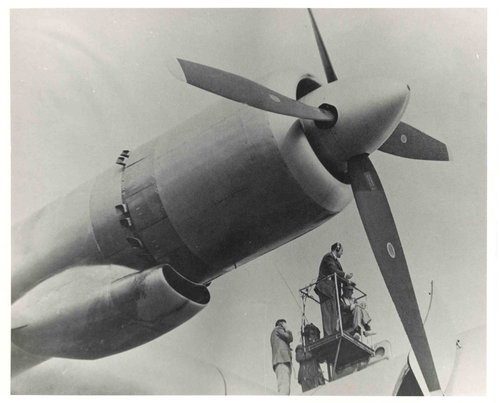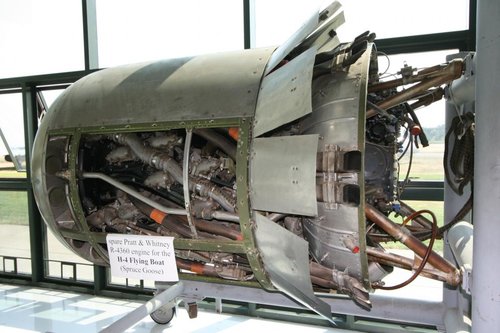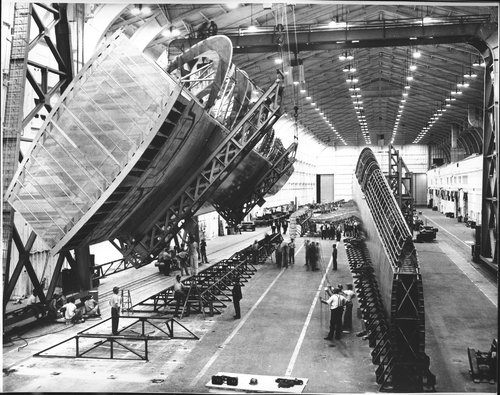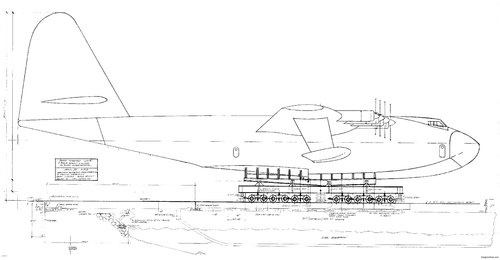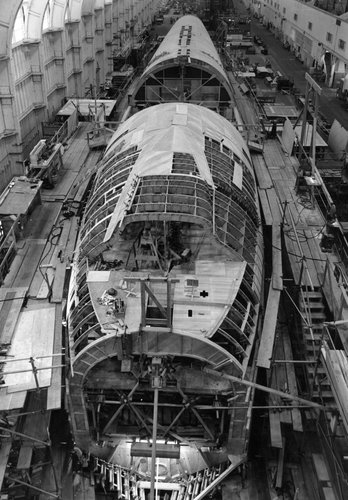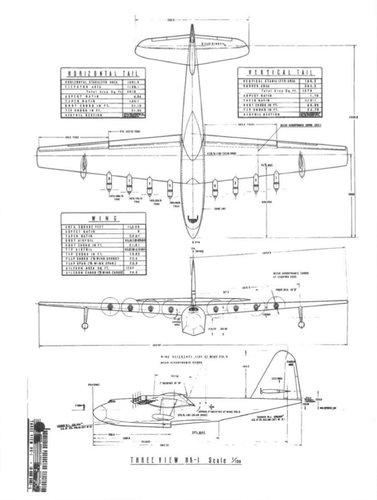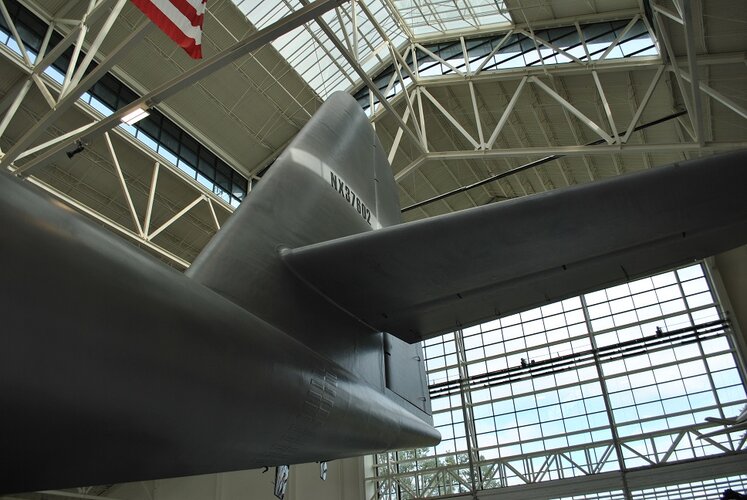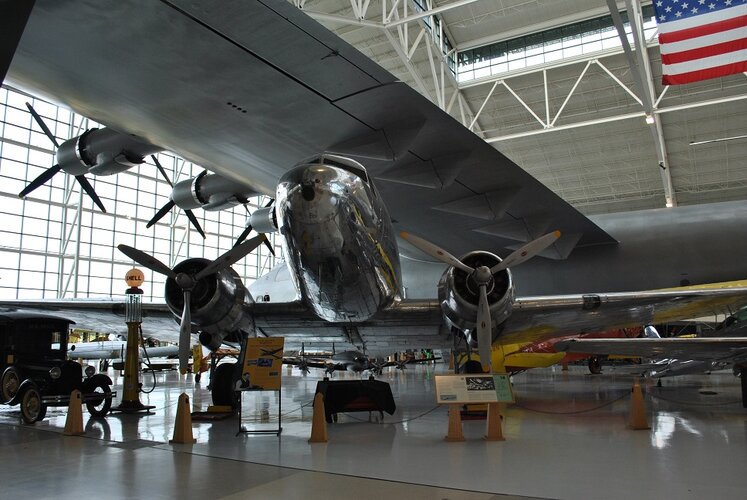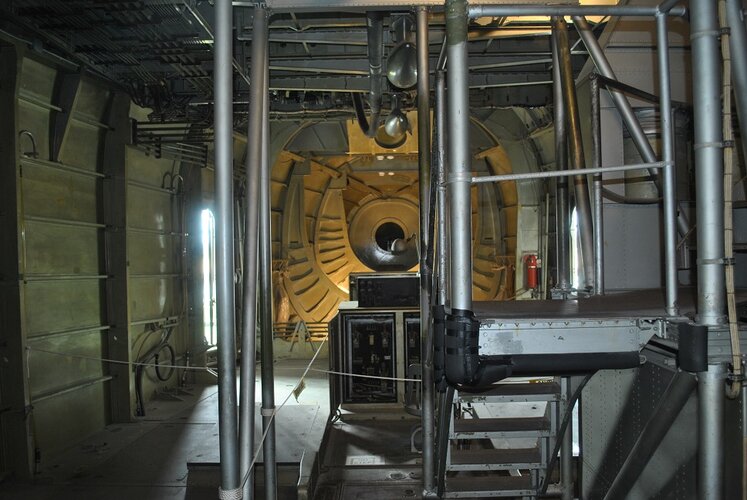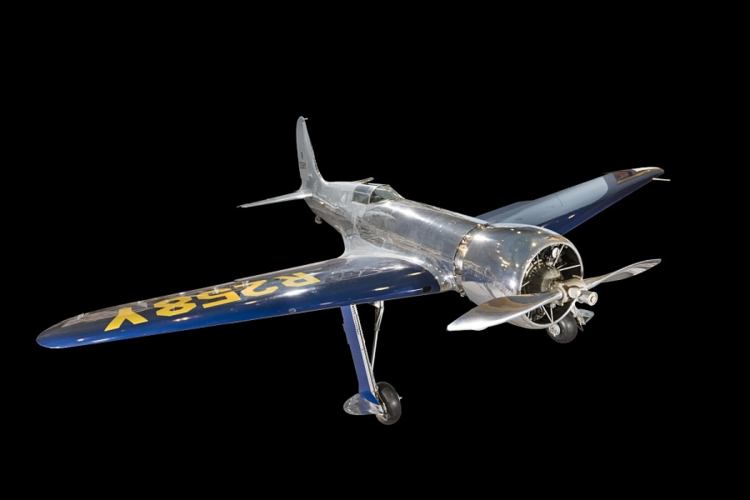blackkite
Don't laugh, don't cry, don't even curse, but.....
- Joined
- 31 May 2007
- Messages
- 8,297
- Reaction score
- 5,892
Hi!
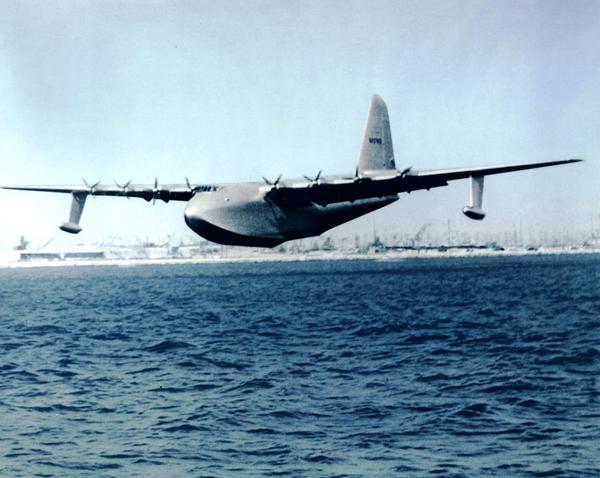
 acesflyinghigh.wordpress.com
acesflyinghigh.wordpress.com
 www.drivearchive.co.uk
www.drivearchive.co.uk
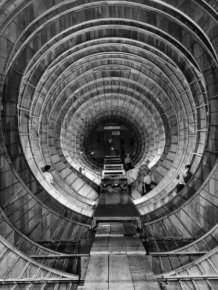
 piximus.net
piximus.net
 www.wikiwand.com
www.wikiwand.com

The Hughes H-4 Hercules “Spruce Goose”
In July 2011 I took a journey to the town of McMinnville, Oregon, USA and the Evergreen Aviation & Space Museum. Apart from having an excellent collection of military, civilian and space aircra…
 acesflyinghigh.wordpress.com
acesflyinghigh.wordpress.com
XPlanes - Spruce Goose
A site dedicated to aircraft of the Royal Air Force (RAF), and RAF Valley on Anglesey

Howard Hughes' H-4 Hercules Is One Of The Most Impressive Planes Of All Time
Howard Hughes' H-4 Hercules Is One Of The Most Impressive Planes Of All Time, 18 photos in Others category, Others photos
Wikiwand - Hughes H-4 Hercules
The Hughes H-4 Hercules is a prototype strategic airlift flying boat designed and built by the Hughes Aircraft Company. Intended as a transatlantic flight transport for use during World War II, it was not completed in time to be used in the war. The aircraft made only one brief flight, on...
Attachments
Last edited:

